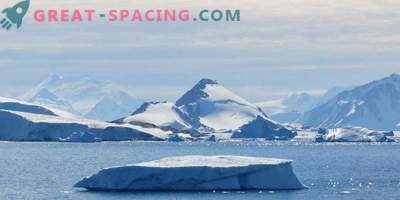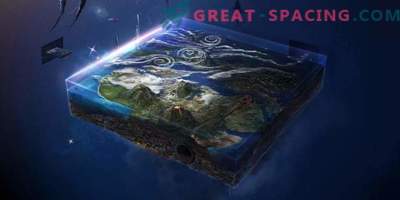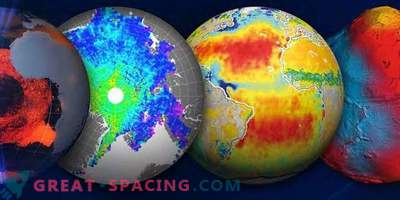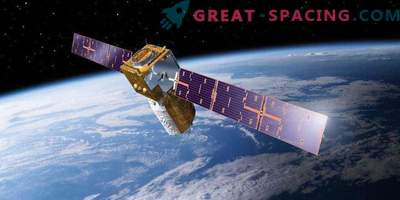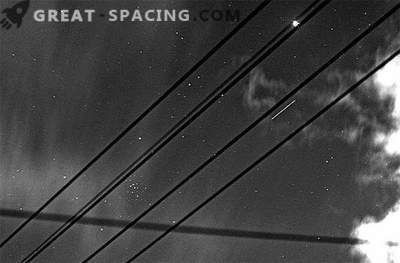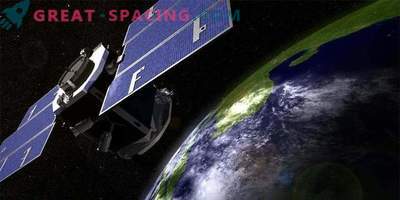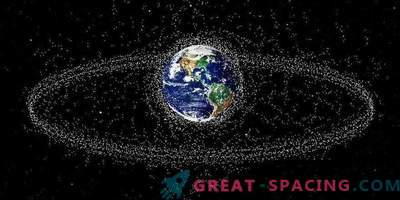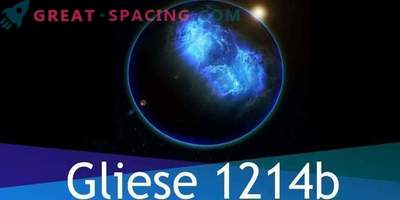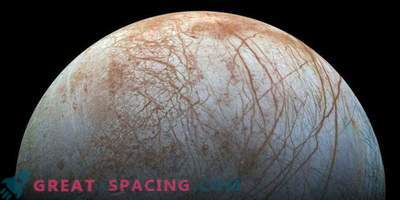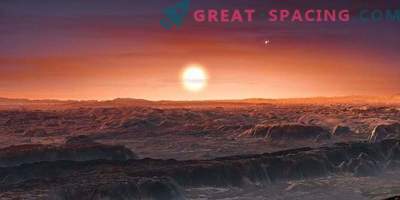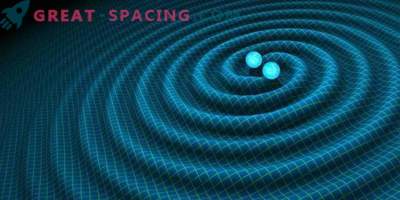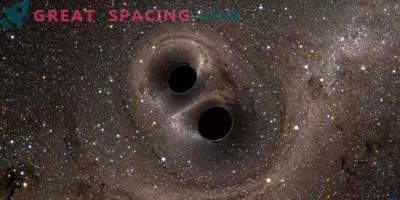
GOCE is considered one of the most remarkable missions of ESA. Operating at the lowest orbit, the satellite was located literally on the edge of space, flying at an altitude of only 224 km. The mission was launched in 2009 on the Rokot rocket from the north of Russia. GOCE spent 4 years, accurately reflecting the earth's gravity, which allowed to derive a unique model of the “geoid”. This is a hypothetical form, which the surface of the World Ocean will take only upon contact of gravity and rotation, ignoring the influence of winds and tides.
The study of the gravitational field of the planet and its associated geoid allows a better understanding of global ocean circulation patterns. In addition, they play a crucial role in climate regulation.
To calculate the “mathematical figure of the Earth”, GOCE had to fly as fast as possible in orbit in order to catch the smallest variations in the Earth’s gravitational field. This fast and low orbital path allows you to perform unique tasks. GOCE flew so low over the planet that the air was still dense, that is, there was considerable resistance. In order for the measurements from GOCE to be oriented towards true gravity, the satellite was obliged to remain in “free fall”. Therefore, he had an unusual aerodynamic design and a motor with electric ions, creating tiny forces (1-20 mN), which continuously and instantly compensated for changes in air resistance.
After 4 years of work on the edge of space, on November 11, 2013, GOCE returned to the earth's atmosphere over the Falkland Islands, where it collapsed and burned. Even an unusual thing happened for a falling spacecraft - it was noticed by terrestrial observers. The team members were sad to complete the mission, but this allowed them to move on to the next projects with the feeling that they got the most out of GOCE.
